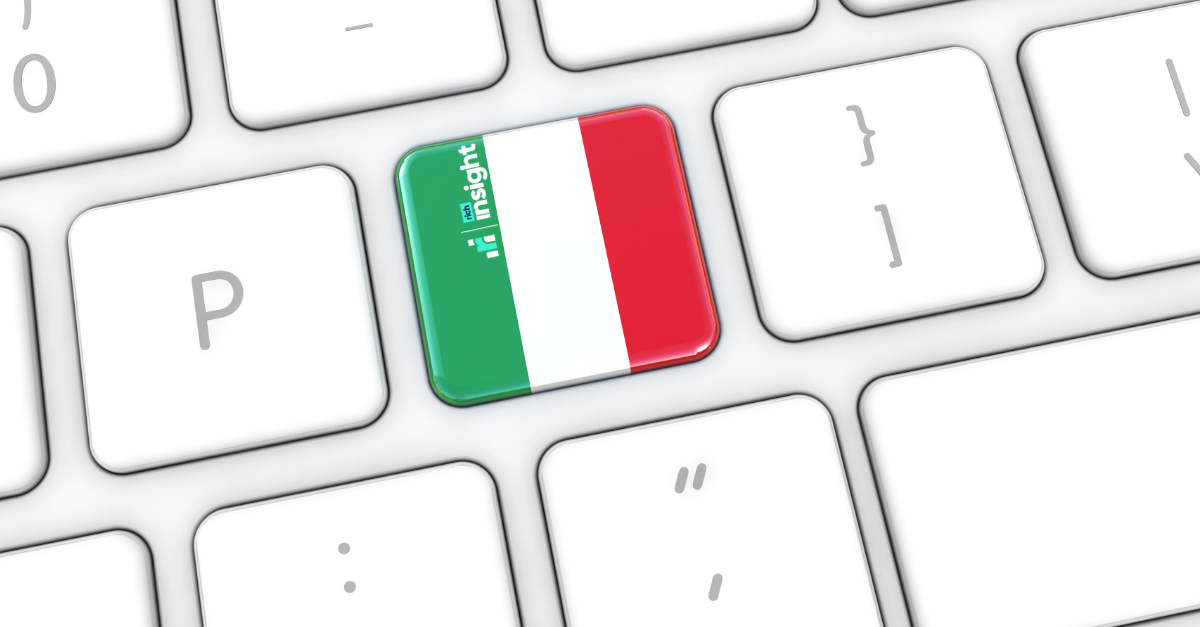In 2024, being sustainable is the minimum expectation. As every company now has sustainability policies, pledges and initiatives, brands will need to push the sustainability boundaries to make a tangible difference, stand out from the crowd and convince sceptical customers (60% of US buyers doubt brands’ sustainability claims).
Here’s three ways brands can implement innovative sustainable approaches and make a difference in 2024.
1. Go all in on green packaging and delivery
From mushroom cartons and reusable containers to electric vans and pedal-powered couriers, today’s array of eco-conscious packaging and delivery options make it easier for brands to go exclusively ‘green’. What used to be an expensive add-on that only worked for urban orders is now feasible for a wide range of products and increasingly popular with consumers too.
According to the Royal Mail, three-quarters (76%) of buyers support fully recyclable packaging and 41% are prepared to pay more for sustainable deliveries (rising to 60% for Gen Z). What’s more, 81% stated that a brand’s returns process would determine their likelihood to use the retailer with 64% wanting a ‘collect and reuse’ packaging service. With deliveries accounting for 20-30% of a city’s pollution, a green delivery commitment can make a meaningful difference too.
2. Recycle, refill, repair, reuse
Depending on your products, using 100% recycled materials might not be possible (yet), but going the extra yard to recycle, refill, repair or reuse your products is within reach. Take the fashion industry, for example. 85% of clothing currently ends up in landfill, but recycling unwanted and used items not only cuts CO2 emissions (reusing 1kg of clothing saves 25kg of CO2), but provides your brand with material for other clothing, such as Re-Action’s recyclable ski jackets. No wonder 73% of consumers think fashion brands should recycle unwanted clothes.
Brands could refill their products - i.e. health and beauty brands offering to refill their containers - or repair damaged, broken or worn-out goods, such as a shoe brand resoling worn boots. Brands could also launch their version of Patagonia’s Common Threads Recycling Program, which takes back used clothing, gives advice on repairing products and even shares tips with rivals to enhance industry-wide sustainability.
3. Make bold financial commitments
Over the past few years, brands have made commitments to plant trees for every purchase, set aside a percentage of profits for climate action and ‘buy one give one’ to meaningful causes. While these are all good initiatives, 2024 requires brands to up the ante.
For example, sustainable toilet paper company Who Gives a Crap eschewed the usual 1-10% directed profit commitments to state that 50% of profits would go towards building toilets. Meanwhile, Patagonia decided to give all future profits to environmental causes transferring an estimated $100 million in annual profits to an eco collective.
The most innovative choice? Stick to what’s feasible for you
Whether it’s your product’s materials, company logistics or P&L margins, your brand’s unique circumstances will dictate what sustainability initiatives are not only suitable for your brand, but more importantly feasible. Making green commitments you can actually achieve will be the most innovative way to help the planet and help convince customers.
Check out how healthy & beauty and fashion brands can improve their sustainability selling on online marketplaces.






Blog Comments